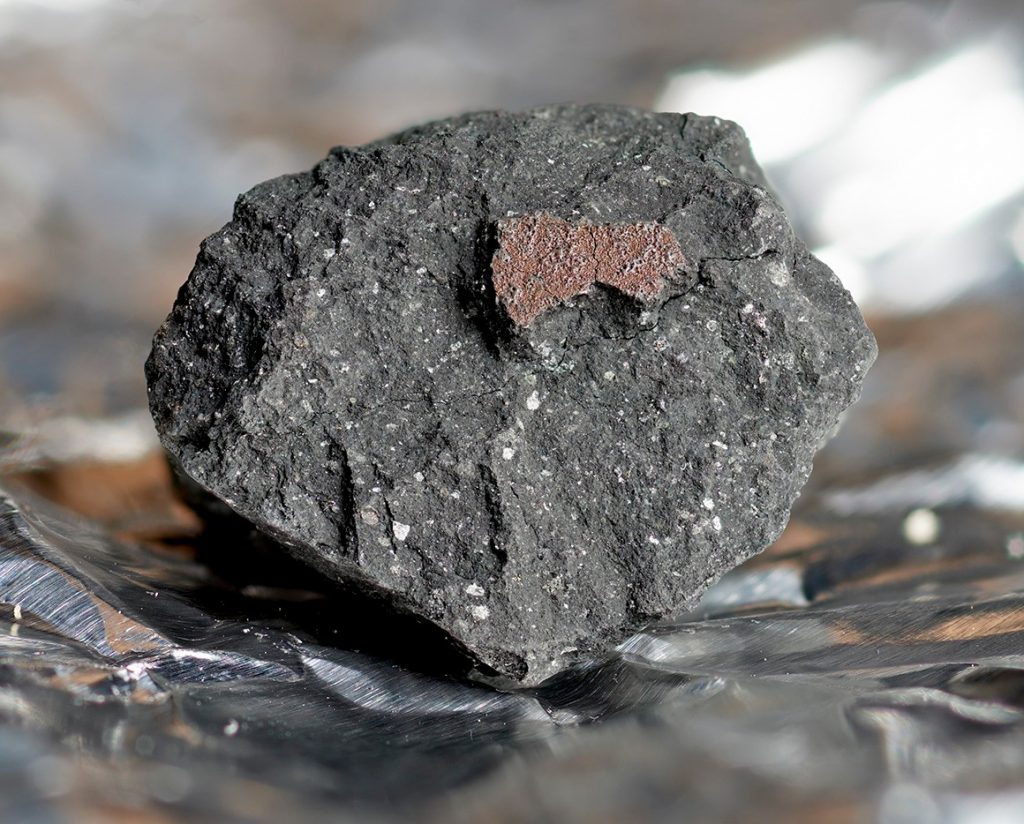
One of the tricks with this show is digging up news, and in digging up news today we found a bunch of science that actually required a fair amount of digging – or at least searching.
And it all starts with a flash. On February 28, a meteorite streaked across the sky over northern Europe and the United Kingdom. This particular streak was caught on camera from a bunch of different sites, and the combined imagery allowed researchers to figure out where the space rock came from and where any surviving pieces may have landed.
In this case, it landed in the driveway of a home in the small Cotswold town of Winchcombe. This was the first time in 30 years that a meteorite has been located in this way in the UK, and the particular bit that was found was a 300 gram carbonaceous chondrite fragment. This type of meteorite rarely survives to be identified on the surface of Earth.
According to Ashley King, who was among the first researchers on the scene: Nearly all meteorites come to us from asteroids, the leftover building blocks of the solar system that can tell us how planets like the Earth formed. The opportunity to be one of the first people to see and study a meteorite that was recovered almost immediately after falling is a dream come true!
Dr. Richard Greenwood captured the excitement of the moment, adding: I was in shock when I saw it and immediately knew it was a rare meteorite and a totally unique event. It’s emotional being the first one to confirm to the people standing in front of you that the thud they heard on their driveway overnight is in fact the real thing.
After being collected in Winchcombe, this fallen space rock was taken to the Natural History Museum in London where it will be further studied. This rock was recovered so quickly and in such pristine condition that this is essentially a free sample of an asteroid, not too different in quality from those brought back by Hayabusa2, although it will take a bit longer to sort exactly where in the solar system it came from.
More Information
The University of Manchester press release
Natural History Museum press release




 Join the Crew!
Join the Crew!
 Escape Velocity Space News
Escape Velocity Space News
0 Comments